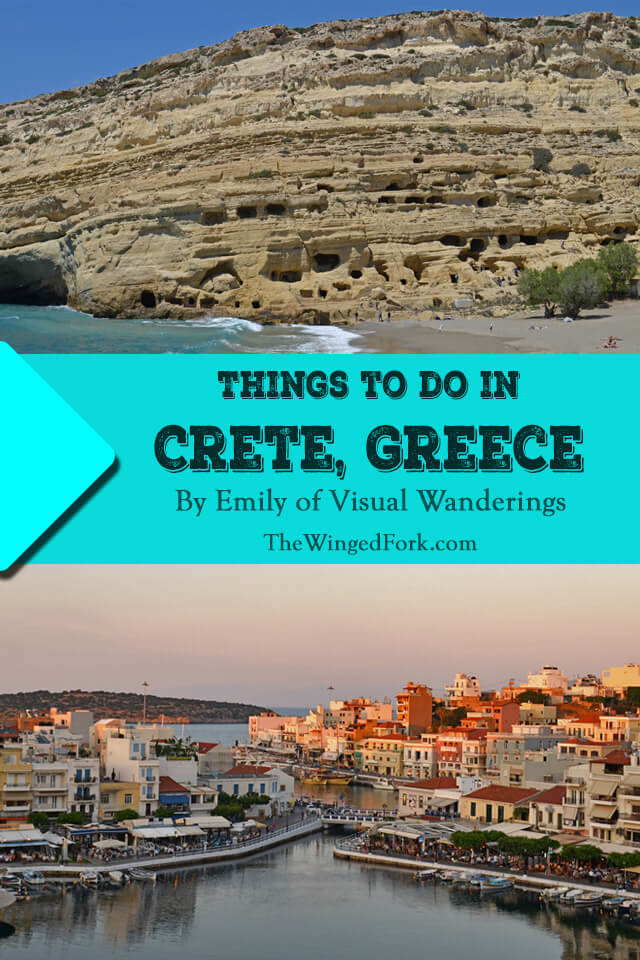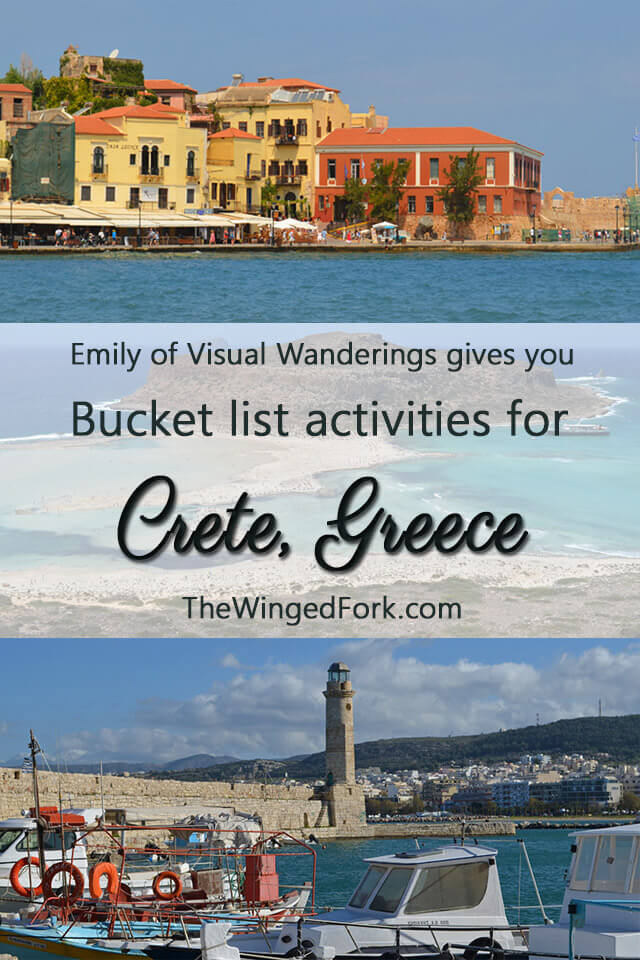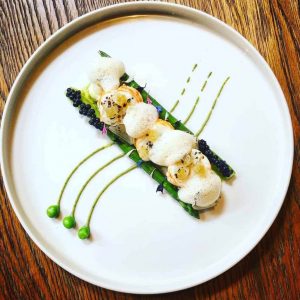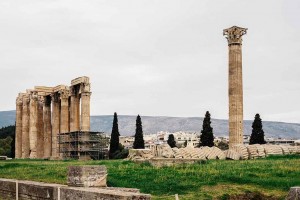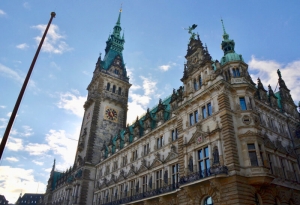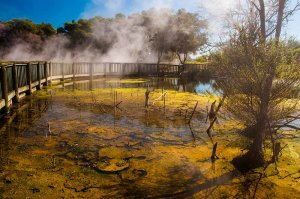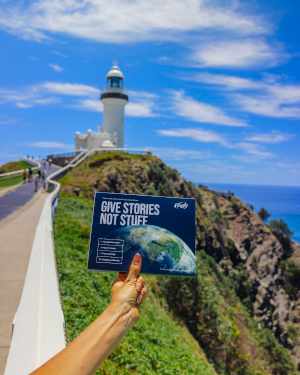The supposed birthplace of Zeus, Crete is the largest Greek island covering 8,336 km² (making it the 5th largest island in the whole of the Mediterranean) so even on a 2 week holiday, you won’t see all that this island has to offer.
Because Crete is so vast and varied (it takes around 6-7 hours to drive from end to end yet only 45 minutes from the narrowest point North to South), this article presumes that you will have a hire car and that you’ll move around every couple of nights so as to be able to make the most of your trip. However, you might prefer to focus on 1 region at a time. No matter, these sights are just a small taste of the icing on the cake that is Crete! Once you’ve visited once, you’re sure to be back!
1. Balos Lagoon
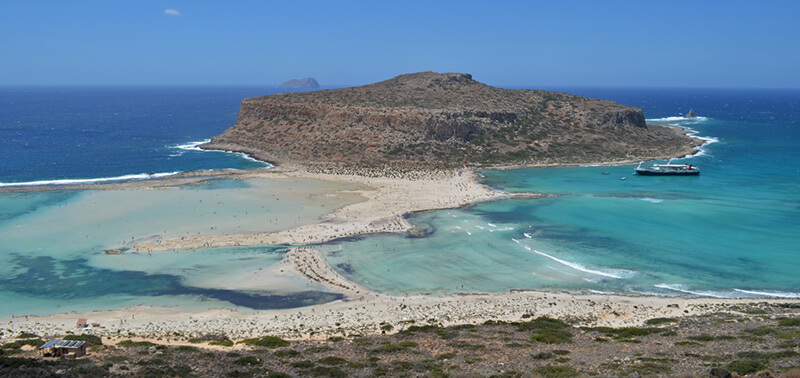
One of the most beautiful and iconic beaches on the island, Balos Lagoon is just as breathtaking in person as it is in the photos with hints of pink sand contrasting beautifully against the turquoise blue water – It truly is paradise, though perhaps not at the height of tourist season!
The dirt road to the lagoon is a scary, slow (no more than 10kmph), tedious drive… when I made the journey in my own car I swore to take the boat next time! FYI, if you hire a car, you’re generally not insured to drive on this road. Saying this, the plus point of driving is the view. After parking you have to descend some 800 steps, and of course, get back up again but the view is breathtaking so even if you take the boat, be sure to cross the lagoon and walk halfway up the steps to take your own iconic photos.
2. Elafonnissi
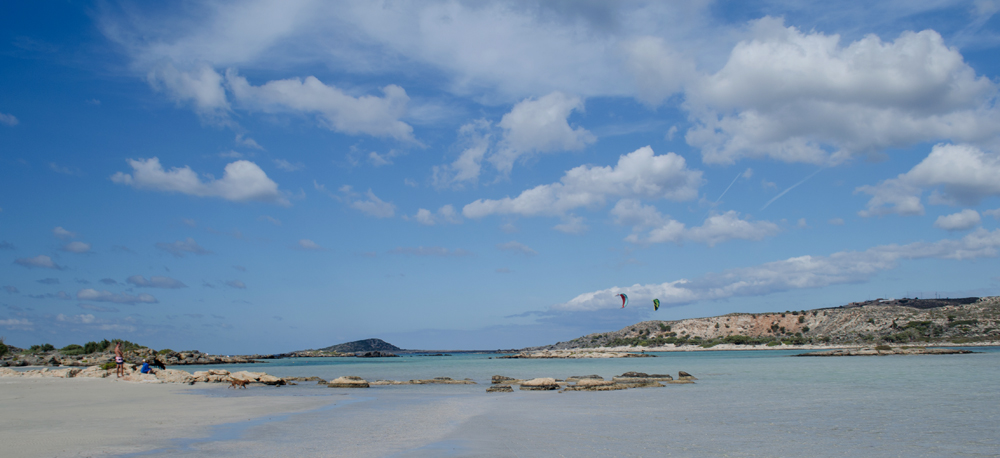
Known for being the beach with the pink sand, Elafonissi is another famous and iconic beach on Crete that’s somewhere between being an island and a peninsular as to reach the far side you have to cross the sea. A popular location for windsurfers, it’s part of the Natura 2000 Protection Program and because of this, you have to stick to the designated pathways when taking a walk along the beach through the cedar trees.
To be honest, when I was there in October I didn’t see this famous pink sand, and photos of this place are most certainly Photoshopped but it’s still a picturesque place, with or without the pink sand. I have read that there isn’t as much pink sand now as tourists are collecting it to take home as a souvenir, but whether this is true or not I don’t know!
3. View Venetian History at Chania
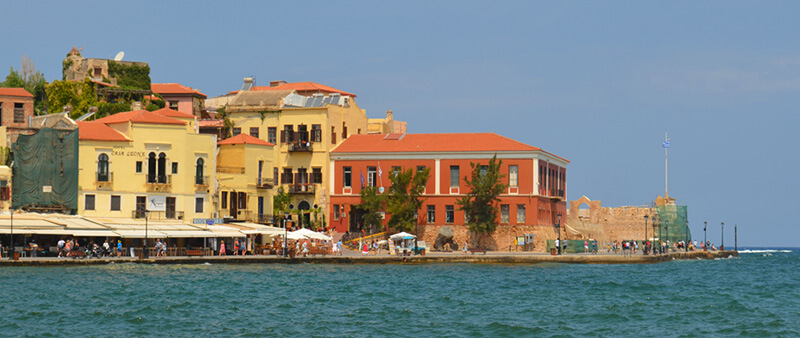
The second largest city and the former capital of Crete, Chania (pronounced Hania) is beloved for its 14th century harbour with a restored Venetian lighthouse. Sit in one of the waterfront tavernas people watching as you admire the view before exploring the picturesque backstreets of the old town and shop for souvenirs. The Nautical Museum and Covered Market are also well-worthy of a visit but you can also relax on the beach, or hit the designer boutiques for a high-end shopping fix.
4. Explore the Backstreets in Rethymno Old Town
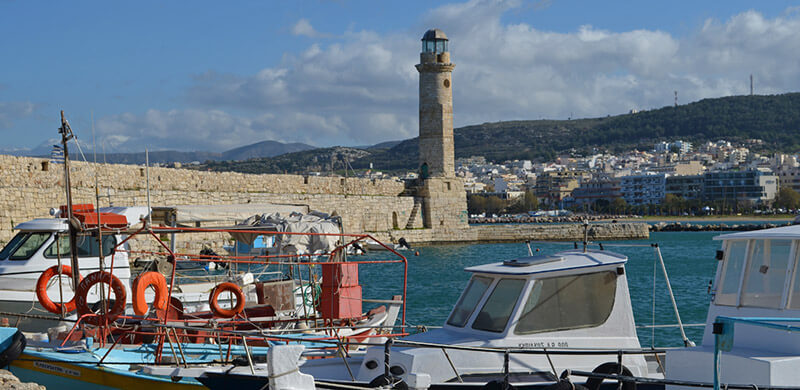
Rethymno (Rethymnon) is the 3rd largest city on Crete and has a delightful old town with 16th century Venetian architecture. Wander the picturesque narrow backstreets, being sure to turn off from the shops to get lost in the alleyways, you’ll find beautiful old doors, striking street art, and timeless Cretan life with old ladies sitting by their front doors putting the world to rights. Keep your eyes peeled for the minarets that tower over the old town, remnants from the Ottoman period as you explore and be sure to take a photo by the Rimondi Fountain. Around the old harbour with Venetian lighthouse you’ll see some traditional fishing boats and from the Fortezza you can admire the panoramic views.
5. Have a Museum Day in Heraklion
The city of Heraklion is full of museums whether you’re interested in history and culture, art, or natural history. As you move from 1 museum to the next, you’ll pass the traditional fishing harbour, Venetian fortress, Venetian Dockyards and can also make your way up the main shopping street, past the Venetian Loggia and Venetian Lion Fountain to the Cathedral.
Some of the best museums in Heraklion include:
5A. Archaeological Museum
Containing 5,500 years of Cretan history from the Neolithic period right through to Roman times, the archaeological museum of Heraklion is considered the best in the world for Minoan art and artefacts. Key Minoan pieces at the museum include the Phaistos Disk, the Leaping Bull fresco from Knossos Palace, and the statues of the Goddesses Of The Snakes but all of the frescoes, double axes, and the Sarcophagi are admirable too.
5B. Historical Museum of Crete
Located in a beautiful neoclassical building, the historical museum of Crete (sometimes known as the Historical Museum of Heraklion due to its location) picks up where the archaeological museum finishes as this history and folklore museum covers 1,700 years from early Christian period through to the present day. Artefacts include icons, ceramics, textiles, coins and there are rooms dedicated to the works of El Greco (the most famous painter to hail from Crete) and Nikos Kazantzakis (the best known writer from Crete who wrote Zorba the Greek). The entire 2nd floor is dedicated to WWII and the resistance of the Cretans and Allies against the German occupation.
5C. Museum of Ancient Greek Technology
This fascinating museum (of which there is also a twin museum in Athens) presents reproductions of the high-tech inventions of the Ancient Greeks like never seen before. Learn how the Ancient Greeks harnessed hydraulic power to create fountains, how Plato created the first alarm clock in Europe, how ‘miracles’ were performed at temples, and discover that robots aren’t anything new as you see the wine serving robot of Philon.
Groups of 4 people or more can get a free guided tour with demonstrations of all of the technology in the museum whilst visitors of less than 4 get to see a few of the main displays in action, learning about the other inventions via the video screens.
5D. Natural History Museum of Crete
A fun museum for families, the Natural History Museum of Crete is like a scaled down version of the Natural History Museum in London. It has sections covering the animals and plants of the east Mediterranean, an earthquake simulator, moving dinosaur models, fossils, artwork and photography along with other temporary exhibitions. Kids will love the Discovery Center; an experiment-play area where they can sit inside a cave, dig for fossils, or just sit and read a book. Adults meanwhile, can sit and enjoy the awe-inspiring and educational films at the on site cinema so there’s something for everyone to see, learn, and enjoy.
6. Visit Knossos Palace
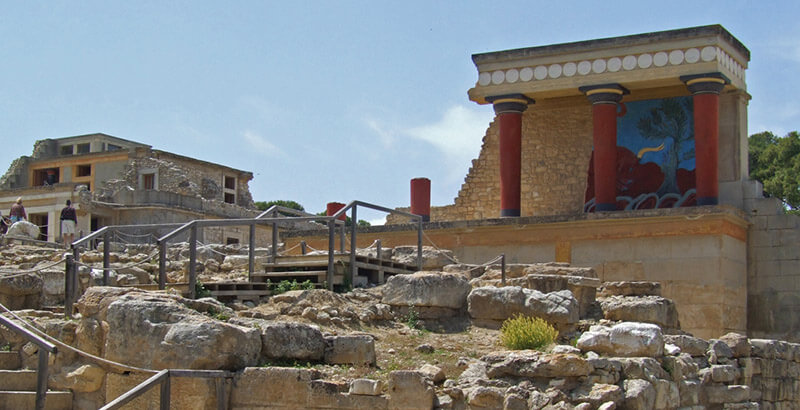
One of the top tourist attractions on the island is the Minoan Palace of Knossos, the largest Bronze Age archaeological site on the island. It’s well worth a visit – Be sure to pay for a guide if you want to get a good understanding of what you’re looking at as although the information boards are good, a guide (who can be hired upon arrival) helps you better understand the Minoan culture and history of what is said to be Europe’s oldest city.
7. See Agios Nikolaos Lake
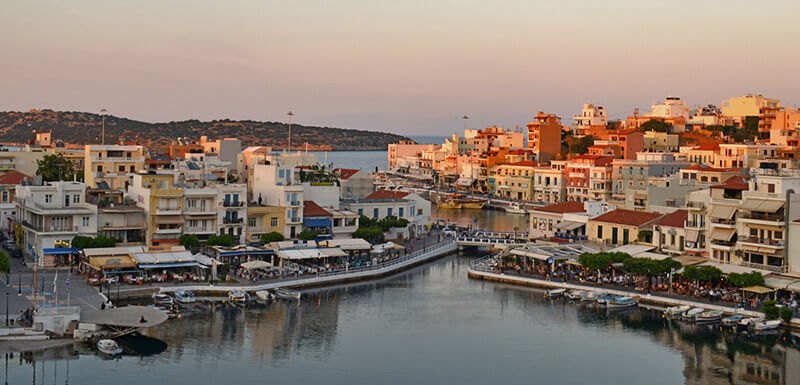
See Agios Nikolaos LakeLake Voulismeni is located in the centre of the town and is connected to the sea. There are cafes aka tavernas and benches located around the lake which has a few traditional wooden fishing boars moored up but for the best view, climb the steps to the top and enjoy the view from above. A must at sunset and with tavernas/bars located at the top too, you can enjoy a drink as the lights turn on and the sun goes down. Read more about Agios Nikolaos in this blog post and check out the must-see sculptures and statues.
8. Hike Katholiko Gorge
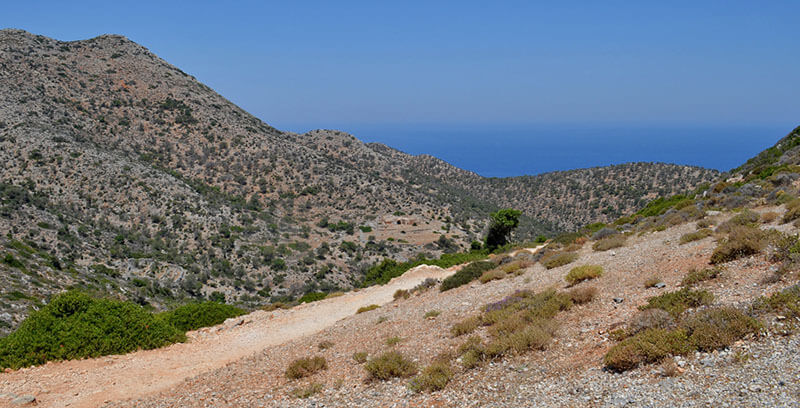
Katholiko Gorge offers a 3-in-1 hiking experience with the rugged Cretan landscape combined with sea views, architecture (plus a cave), and a small beach right at the bottom, for those who are fit enough! Nowhere near as famous as the Samaria Gorge hike (which is one of the top tourist attractions in Crete) Katholiko Gorge is a somewhat hidden alternative for those who dislike following the tour buses and seek somewhere far quieter yet equally beautiful.
9. See the Hippy Caves at Matala
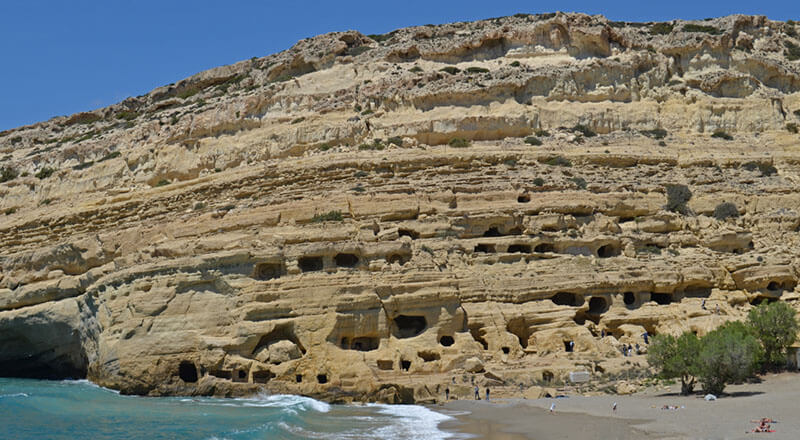
Made famous in the 1960’s when Joni Mitchell, amongst others, set up camp inside the man-made Neolithic caves that were used as burial crypts by the Romans, Matala still has a boho vibe today and thrives from tourism. Though you aren’t allow to camp here any more, you can see inside the ‘rooms’ carved from the sandstone cliff and climb as far to the top as you dare (good trainers/hiking boots required!) to admire the view across the bay at this colourful Cretan fishing village.
10. Go to ‘The Island’; Spinalonga
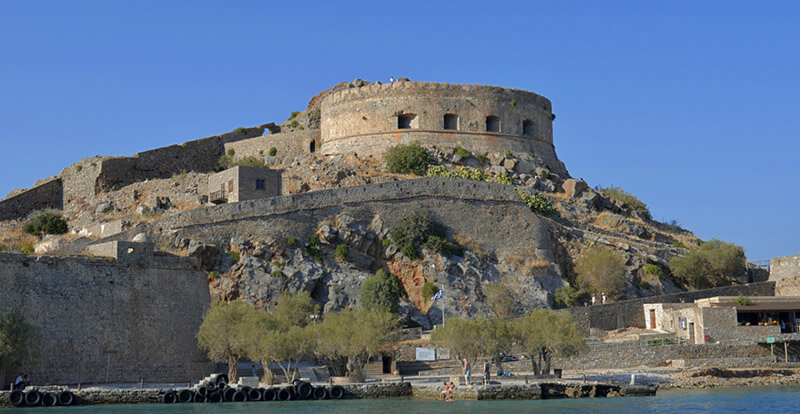
Made famous by Victoria Hislop’s book ‘The Island’, visitors can make the journey by boat from Elounda or Plaka to visit this former leper colony, the place where initially just Cretans, but then also Greeks from the mainland who were suffering from leprosy were quarantined from 1903 until as late as 1957. The history of this island goes back much further than 1903 though as Spinalonga protected the now-sunken city of Olous in antiquity and was inhabited by the Venetians (when it was fortified to become one of the most important sea fortresses in the Mediterranean) and later, during the Ottoman reign, was the largest Muslim trading centre of Mirabello. Visitors can explore the ruins as well as the restored buildings, climb to the top of the fortress and admire the breathtaking view out across the blue-turquoise water towards Elounda.
11. See the Church in the Sea at Georgiopolis
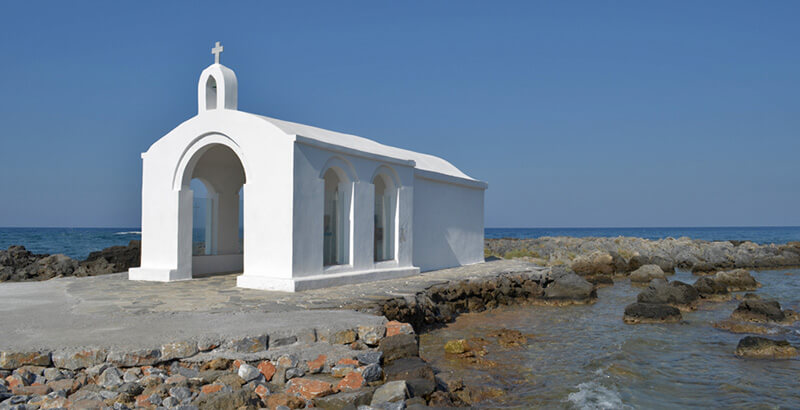
A pretty fishing village turned tourist resort, the highlight of Georgiopolis is the white chapel sitting on the rocky islet in the Aegean sea. Take a walk along the boulder causeway at low tide (being sure to watch where you’re stepping!) and admire the picture-postcard-perfect chapel of St Nicholas (the patron saint of sailors) and the view back to shore, or stand on the shore and admire the sun setting behind the church.
12. Visit Arkadi Monastery; The Symbol of Freedom
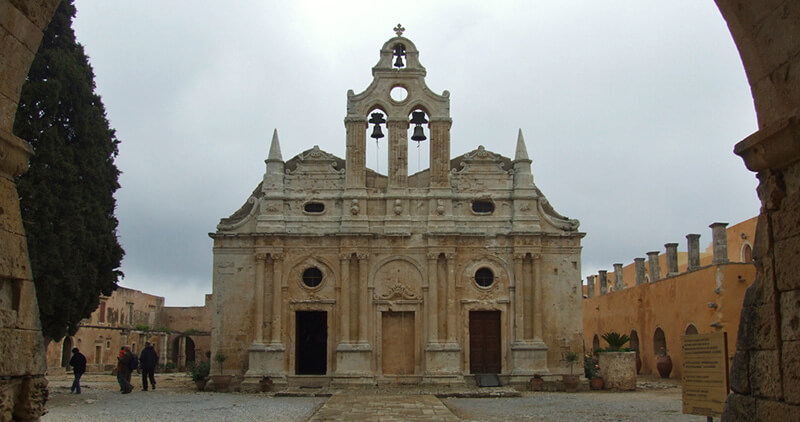
This picturesque and historic monastery that dates back to Byzantine times has a tragic story to tell. During the 1866 rebellion when Crete was fighting for independence, Arkadi Monastery was a hiding place for revolutionaries and was where munitions and provisions were stockpiled. 2,500 men, women, and children were besieged by the Ottoman’s after a 3 day struggle. Rather than surrender, they opted to blow themselves up by lighting the gunpowder in the stores. The Holocaust of Arkadi took place on 7th November 1866. Visitors can see the roofless gunpowder store and in the courtyard, the trunk of a dead cypress tree still has a shell embedded in it.
13. Visit Ancient Aptera
Overlooking Souda Bay in Chania, the Ottoman fortress is visible from the highway but there’s much more to Aptera than it’s ruined fortress and stunning views for this is where the city of Ancient Aptera once stood.
The most powerful city in Western Crete during the Minoan times, archaeological finds are still being unearthed from Aptera which also has impressive Roman architecture. See the tombs and temple ruins from as far back as the 8th century BC, the Roman amphitheatre, the ancient city walls, the ruins of a Roman villa, and high Roman cisterns along with the remains of the Roman bath house. Also at Aptera is the monastery of Agios Ioannis Theologos which houses the museum where you can learn more about this historic site that is still undergoing excavation.
If you now have Crete firmly on your travel bucket list, check out this practical blog post on visiting Crete which answers the top questions from travellers.
Author Bio : Emily from Visual Wanderings
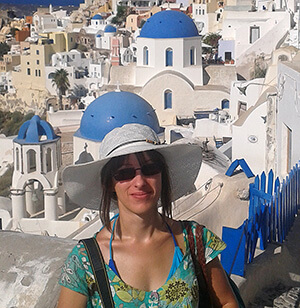
Emily is a sometimes solo traveller who enjoys exploring Europe, on and off the European tourist trail. She divides her time between Crete and the UK, always finding more to see and do in each place. Follow Emily from Visual Wanderings on Instagram and Facebook
Other Posts about travel in Europe
- Why You Should Visit Vilnius, Lithuania
- Where To Eat In Capri – Amalfi Coast Restaurants
- Where To Go Snorkelling In Mallorca?
- Where To Eat In Brussels, Belgium
- Where To Eat In Istanbul, Turkey
